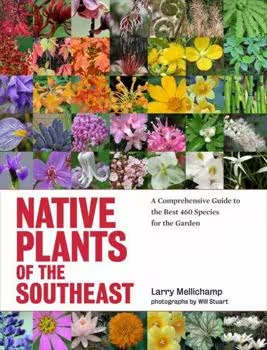Culliney and Koebele’s “A Native Hawaiian Garden: How to Grow and Care for Island Plants” is a commendable and ecologically significant contribution to the horticultural literature of Hawaii. It serves as a valuable resource for both novice and experienced gardeners seeking to cultivate the unique and often threatened flora that defines the islands’ natural heritage.
The book’s strength lies in its emphasis on native species. Culliney and Koebele rightly highlight the ecological benefits of incorporating indigenous plants into gardens, emphasizing their role in supporting local wildlife, conserving water, and creating sustainable landscapes. This focus on native plants is crucial in a region facing increasing environmental pressures.
The “How to Grow and Care” aspect of the title is well-addressed. Culliney and Koebele provide practical and accessible advice on cultivating a wide range of native Hawaiian plants, encompassing trees, shrubs, groundcovers, and more. They cover essential gardening practices, such as propagation, planting, watering, and soil management, tailored specifically to the unique conditions of the Hawaiian Islands.
The book’s attempt to provide care information for a wide range of native species is both a strength and a potential limitation. While comprehensive coverage is admirable, it can sometimes lead to a degree of superficiality. Some species accounts may be more cursory than others, leaving readers with a desire for more in-depth information on specific plants.
The book’s organization is likely structured for ease of use, perhaps employing a thematic or step-by-step approach. A well-designed guide will feature clear headings and subheadings, making it easy for readers to locate information on specific plants or cultivation techniques.
The book’s visual presentation is crucial to its success. A well-designed guide will feature clear, high-quality photographs that showcase the identifying features of each species and illustrate the various cultivation techniques. The use of illustrations may also be helpful in depicting plant morphology or propagation methods.
Culliney and Koebele’s writing style, while likely accessible and informative, may prioritize clarity and practicality over scientific rigor or literary flair. It is functional and useful, but it may lack the evocative language that would truly inspire and engage a broader audience.
In conclusion, “A Native Hawaiian Garden” is a valuable and ecologically significant resource for those seeking to cultivate the unique flora of the Hawaiian Islands. Its emphasis on native species, practical advice, and commitment to sustainable gardening practices make it a commendable contribution to the horticultural literature. However, its potential limitations in depth and visual presentation may prevent it from achieving its full potential as a comprehensive and authoritative guide. More specialized resources may be needed for in-depth study of specific Hawaiian native plant species or ecological dynamics.





Reviews
There are no reviews yet.